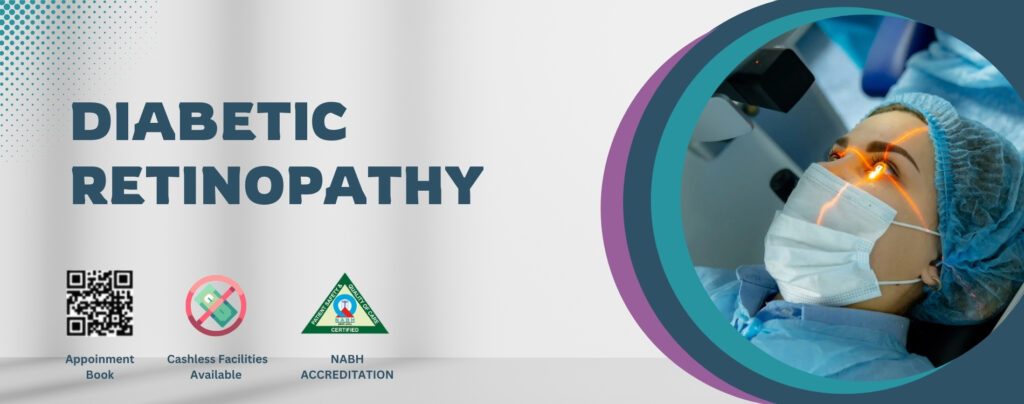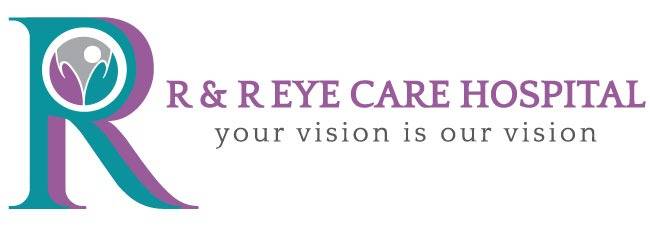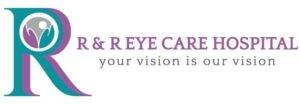Categories
PATIENT EDUCATION A normal person or an Emmetrope sees well because rays from the outside world fall exactly on the light sensitive retina allowing them to see sharp and clear images of the world. In people with refractive error (or poor vision, such as nearsightedness or farsightedness), the light rays do not get focused on to the retina and blurred images are formed.
- All Treatment
- Cataract
- Lasik Surgery
- Cornea
- Keratoconus
- Vitreo Retina
- Squint
- Contact Lens
- Uvea
- Computer Vision
- Oculoplasty
- Glaucoma
- Diabetic Retinopathy
- Fungal Keratitis
- Macular Hole
- Retinopathy Prematurity
- Retinal Detachment
- Macular Edema
- Pterygium or Surfers Eye
- Blepharitis
- Nystagmus
- Ptosis
- Allergic Conjunctivitis
- Behcets Disease
- Hypertensive Retinopathy
- Mucormycosis / Black Fungus

What is Diabetic Retinopathy?
Diabetic retinopathy occurs when high blood sugar levels cause damage to blood vessels in the retina.
Diabetic Retinopathy Symptoms
The symptoms of diabetic retinopathy often don’t appear until major damage occurs inside of the eye. They include
- Blurred vision/ loss of vision
- Seeing floaters or dark spots
- Difficulty seeing at night
- Difficulty distinguishing colors
Diabetic Retinopathy Risk Factors
- Diabetes: The longer a person has diabetes, the more likely he or she is to develop diabetic retinopathy, particularly if the diabetes is poorly controlled.
- Medical conditions: other medical conditions like high blood pressure and high cholesterol increase the risk
- Pregnancy
- Heredity
- Sedentary lifestyle
- Diet
- Obesity
Diabetic Retinopathy Prevention
If you are diagnosed with diabetes, it is important to do the following:
- Get regular eye exams and physical checkups.
- Keep your blood sugar, cholesterol, and blood pressure at healthy levels.
- Be mindful of any changes you may notice in your vision, and discuss them with your doctor.
- Timely treatment and appropriate follow ups are important.
- Regular exercise If you or someone close to you has developed diabetic retinopathy, do not put off an eye test. Walk into R&R Eye Care Hospital for an appointment with top specialists and surgeons in the field of eye care.

Stages of Diabetic Retinopathy
Mild non proliferative diabetic retinopathy – swelling in small areas of the blood vessels in the retina.
Moderate non proliferative diabetic retinopathy – some of the blood vessels in the retina will become blocked leading to hemorrhages
Severe non proliferative diabetic retinopathy – more blocked blood vessels, which lead to areas of the retina no longer receiving adequate blood flow
Proliferative diabetic retinopathy – new blood vessels will begin to grow in the retina, but they are fragile and abnormal, hence they can leak blood which will lead to vision loss and possibly blindness.
Diabetic maculopathy – blood vessels become leaky in the macula which is the central area of the retina which gives us the best vision
Diabetic Retinopathy Diagnosis
Visual acuity testing: This measures a person’s vision. Tonometry: This test measures pressure inside the eye. Pupil dilation: Drops placed on the eye’s surface widen the pupil, allowing a physician to examine the retina and optic nerve. Comprehensive dilated eye exam: It allows the doctor to check the retina for:
- Changes to blood vessels or leaking blood vessels
- Fatty deposits
- Swelling of the macula (Diabetic macular edema)
- Changes in the lens
- Damage to nerve tissue
Optical coherence tomography (OCT): It uses light waves to produce images of the retina to assess the amount of fluid.
Fundus fluorescein angiography (FFA): During this test, your doctor will inject a dye into your arm, allowing them to track how the blood flows in your eye. They’ll take pictures of the dye circulating inside of your eye to determine which vessels are blocked, leaking, or broken.


